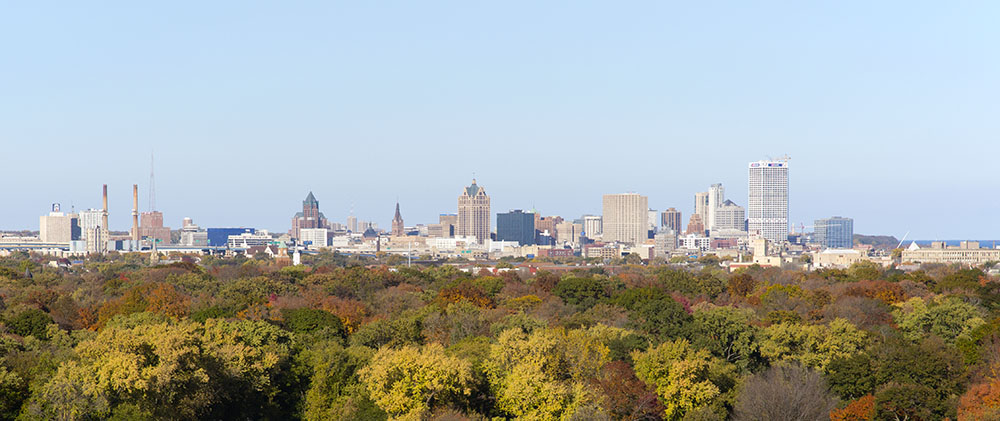
Protecting & Restoring Nature in the City
February 8, 2022 | Topics: Articles, Spotlight
By Nature in the City Work Group
Climate change is already negatively impacting the quality of life in Milwaukee. Our proposal for Protecting and Restoring Nature in the City can help mitigate the effects of climate change as well as address inequities in those impacts.
“The evidence is crystal clear: Nature is in trouble. Therefore, we are in trouble.” ~ Sandra Díaz, co-chair of the Global Assessment Report on Biodiversity and Ecosystem Services.
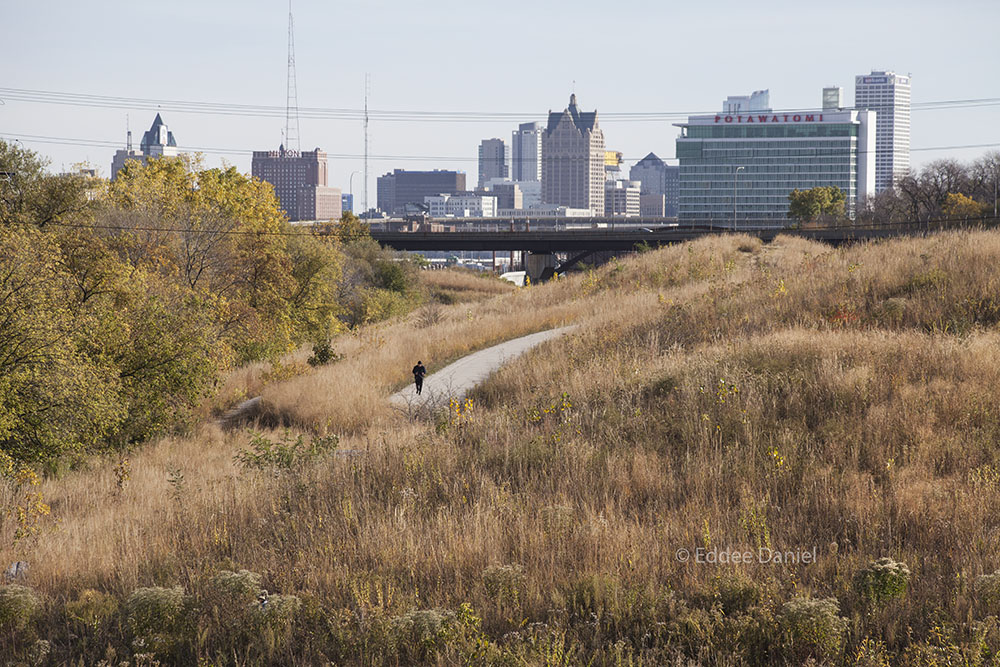
CHALLENGES
Extreme heat and rainfall are the two primary effects of climate change in Wisconsin. Our state has become 2.1⁰F warmer since the 1950s. By 2050, the Milwaukee and the surrounding region will have three times as many days with a heat index above 105 degrees. Annual precipitation has increased by about 4.5 inches, or 15%, in the last 70 years and the Midwest has seen a 37% increase in very heavy precipitation events over a 64-year period.

More than 50% of Milwaukee is covered in buildings or impervious pavement. Floodwaters can overwhelm sewer systems, contaminate drinking water with pollutants and bacteria, leave behind mold that causes respiratory problems, and can increase the risk of drowning and electrocution.
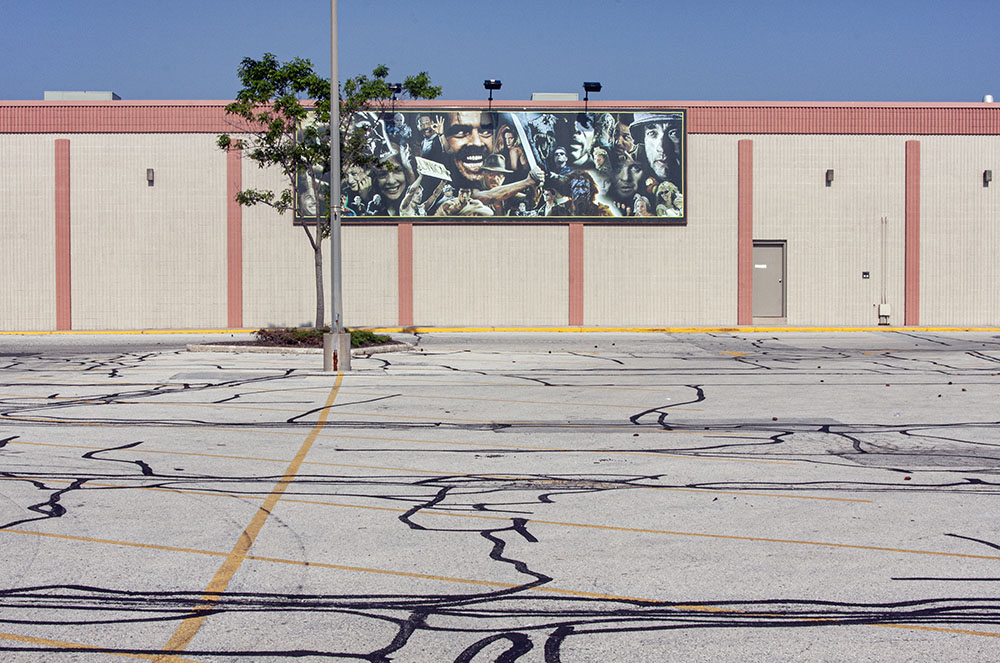
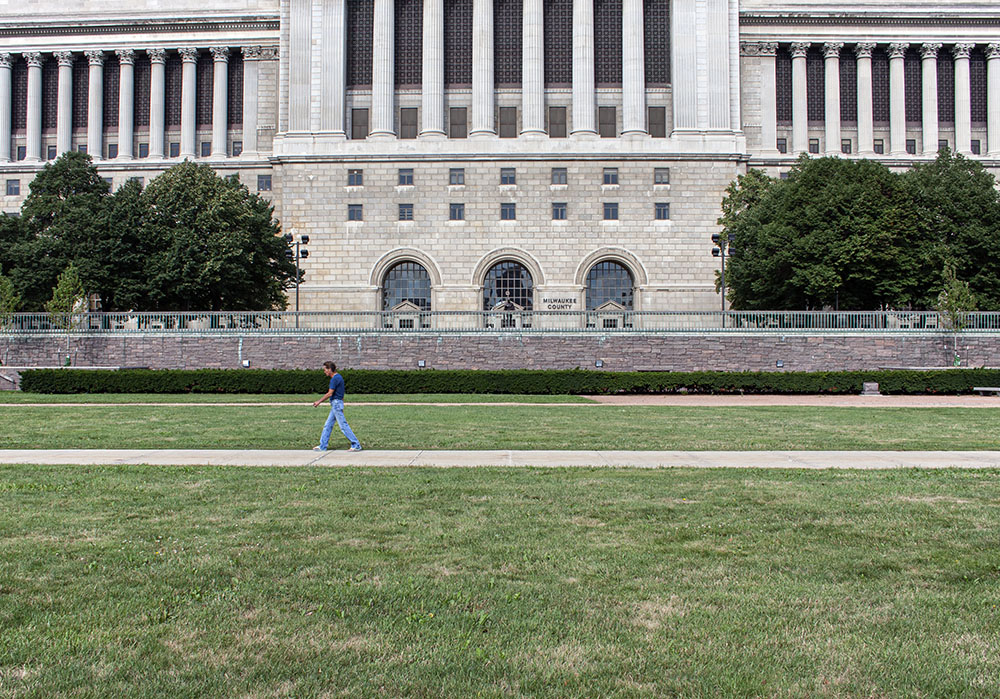
Extreme heat increases power usage, which produces more pollution. Cities like Milwaukee also suffer from the heat island effect, where the lack of trees and the abundance of densely packed buildings and pavement retain heat. Diseases, such as Dutch Elm Disease, and pests, including the Emerald Ash Borer, have killed tens of thousands of trees since the 1950s, greatly reducing urban shade.

Communities of color are disproportionately affected by climate change. Heat islands are concentrated in low-income areas and communities of color, where trees and vegetation are scarce and discriminatory housing policies and planning have been common. In the City of Milwaukee the average tree canopy coverage overall is about 25%. But in the lowest-income areas, coverage is as little as 6.88%. In these communities, where few people can afford air conditioning units or the electric bills that come with them, residents are more vulnerable to heat-related illnesses.

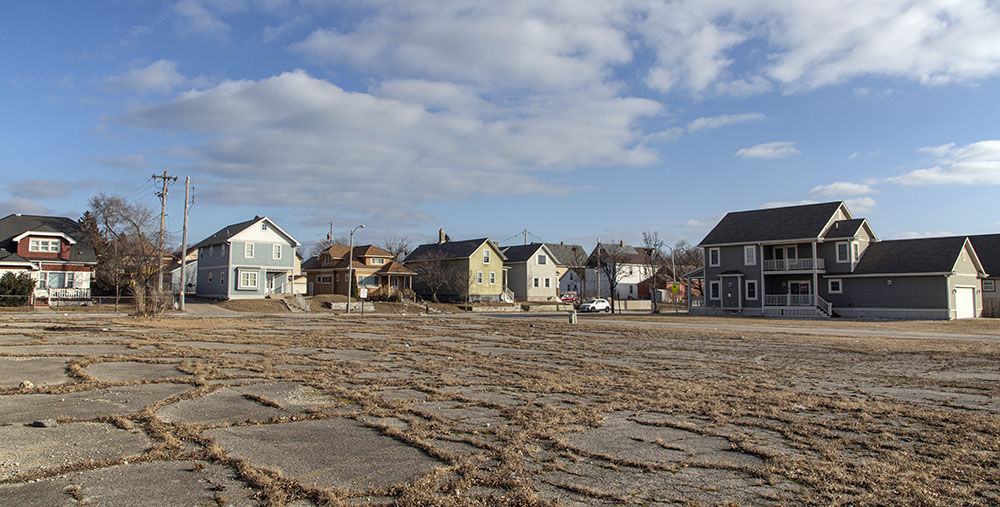
Expanding tree canopies, reducing pavement and designing green spaces for rain absorption lowers urban heat, controls flooding and improves health benefits. Studies have shown that trees improve air quality, promote physical activity, reduce cardiovascular and respiratory disease, decrease stress, improve childbirth outcomes and mental health.
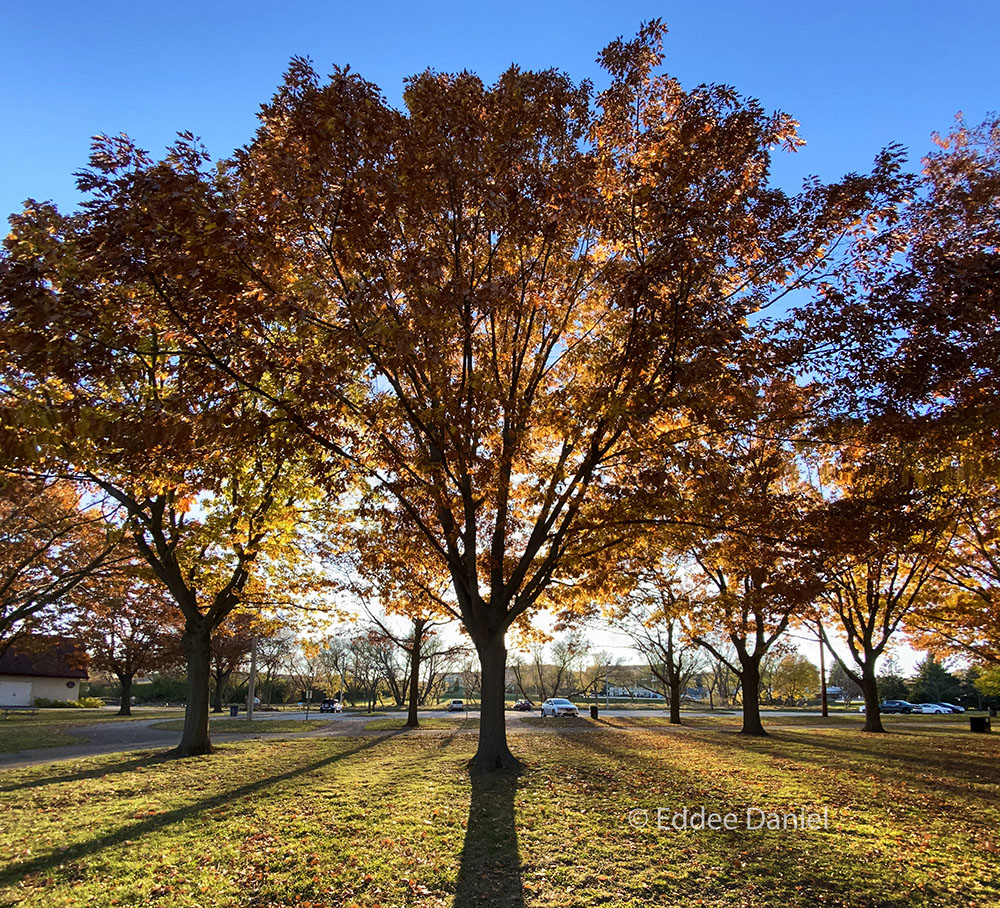
THE BIG IDEA
Protecting and Restoring Nature in the City proposes five strategies for mitigating extreme flooding and heat in Milwaukee, especially in underserved neighborhoods, by conserving natural habitats and reintroducing biodiverse native trees and other native plants to areas overwhelmed with impermeable surfaces.
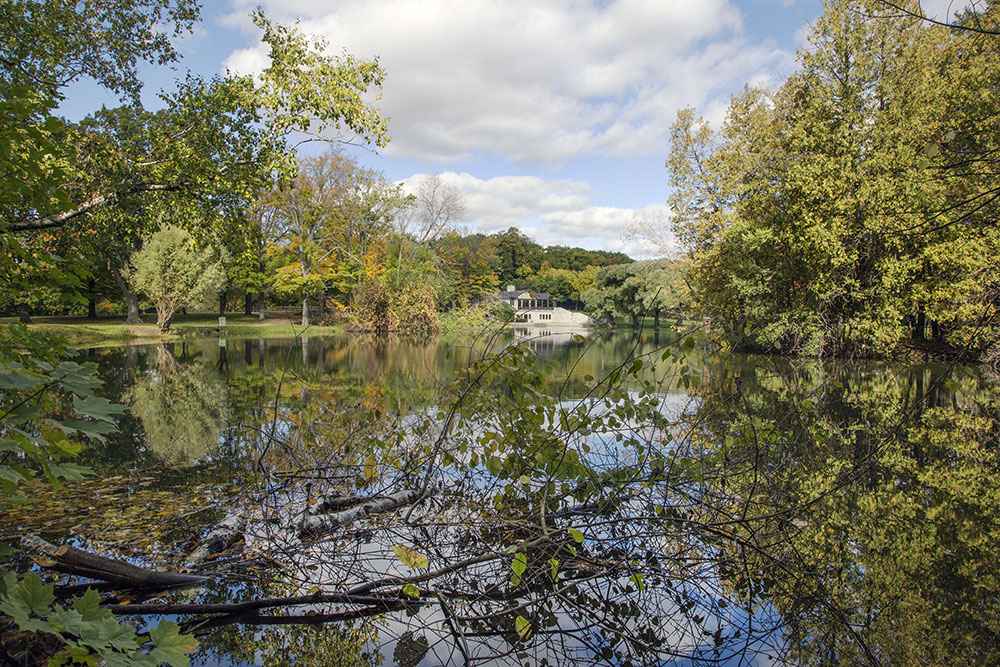
DESCRIPTION
Trees and plants offer protection against climate change. Leaving them intact in interconnected ecosystems, including woodlands, wetlands, prairies, and savannas, provides the highest degree of resiliency. Healthy trees and plants help clean the air we breathe and, in the case of wetlands, filter water and serve as a shoreline buffer against storms that would otherwise erode landscapes. Trees and plants reduce flooding and lower surface and air temperatures via shade and evapotranspiration. According to the Environmental Protection Agency, shaded surfaces can be 20°F to 45°F cooler than the peak temperatures of unshaded areas.

Restoring trees and plants to natural systems in environmentally sensitive areas or in areas that serve to connect healthy ecosystems is the second-best strategy. Native trees and plants help maintain healthy, ecologically balanced and adaptive ecosystems, whereas introduced species can become invasive and throw local ecosystems out of balance. In addition, tree and plant selection in heavily developed urban areas must take into account hardiness in the face of road salt, other contaminants, limited space, and other challenges. The organic-rich healthy soils created by native trees and plants acts like a natural sponge to soak up rainwater.

Strategies for Protecting and Restoring Nature in the City:
1. Protect Environmentally Sensitive Lands
Protect from urban intrusion and manage Natural Areas and Critical Species Habitats, as well as primary environmental corridors, secondary environmental corridors, and isolated natural resource areas, as defined by the SEWRPC Natural Areas Plan.
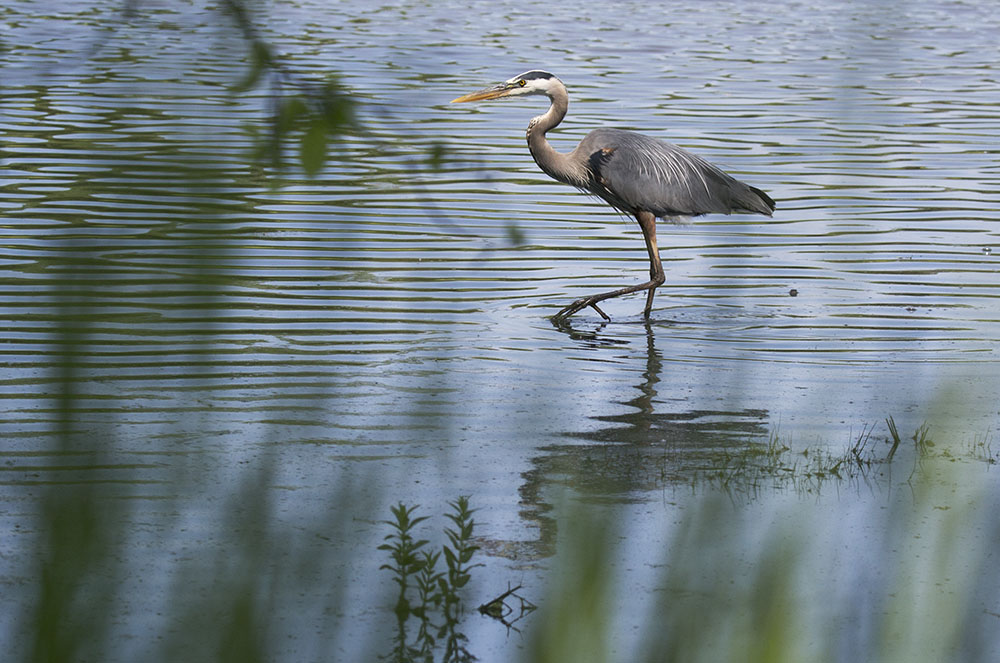
There are four parcels in the City of Milwaukee and 25 parcels in the County targeted for acquisition for conservation. While the emphasis here is on acquisition of these parcels, it is also important to manage and maintain all 110 Natural Areas and Critical Species Habitat Areas that have been identified in the County.
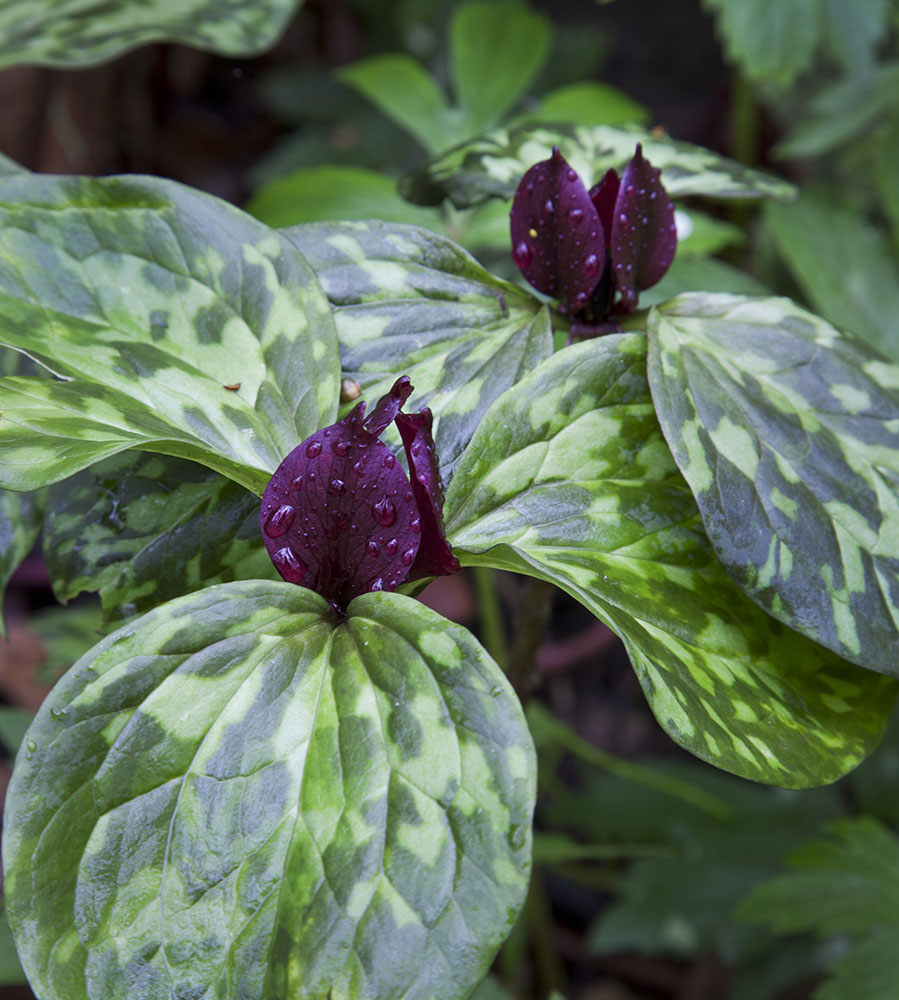
2. Expand the Green and Healthy Schoolyard Redevelopment Program
Ramp up the Green and Healthy Schoolyard Redevelopment Program to double the impact by 2030 for Milwaukee Public Schools with more sustainable sources of annual funding and synergistic programming.
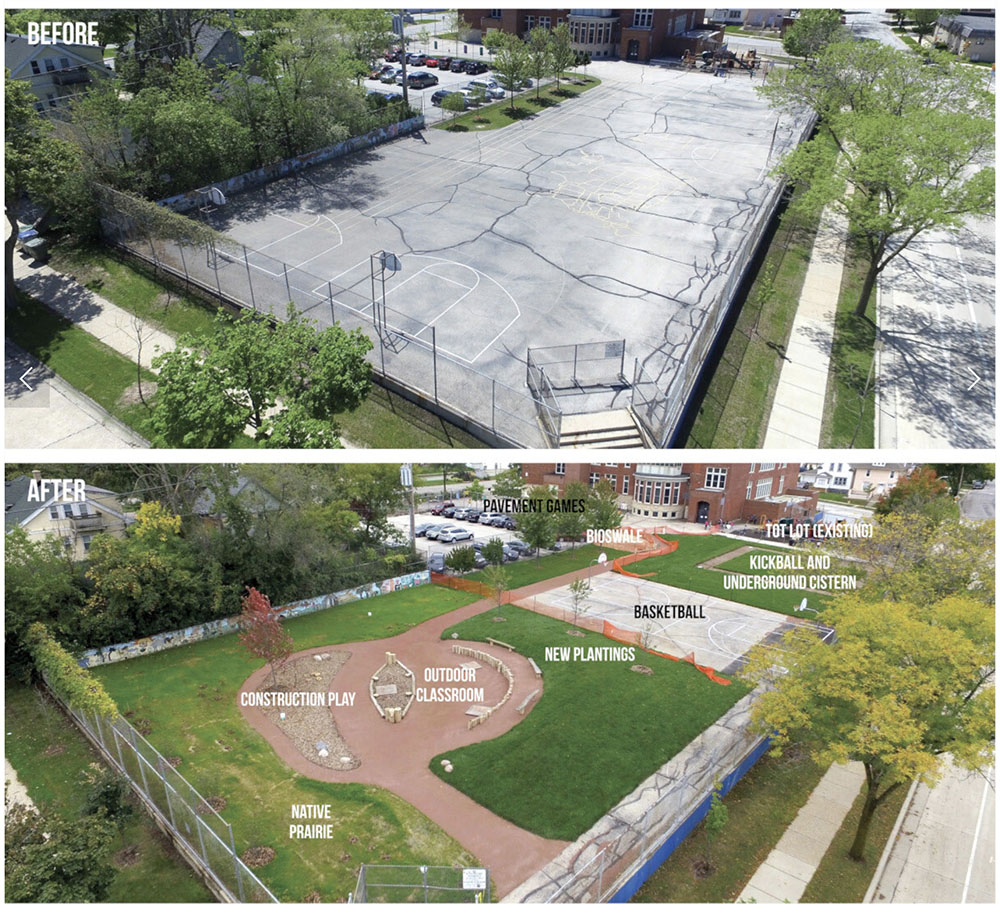
3. Implement the Branch Out Milwaukee Campaign
Implement the Branch Out Milwaukee Campaign in line with the Branch Out Milwaukee Master Plan developed with inputs from more than 30 governmental, non-profit, and community partners. This plan centers on developing community-based partnerships and projects to build understanding of the social, health, economic, and environmental benefits of urban tree canopy; maintaining Milwaukee’s existing canopy; planting diverse native trees; and employing local residents for community organization and education, tree planting, and tree maintenance work needed to maintain and expand Milwaukee’s tree canopy.

4. Green-Cooling Commercial Lots
Incentivize private commercial property owners to depave portions of their parking lots and replace those areas with native trees and plants to help curb urban heat, reduce flooding, beautify the City and increase biodiversity.
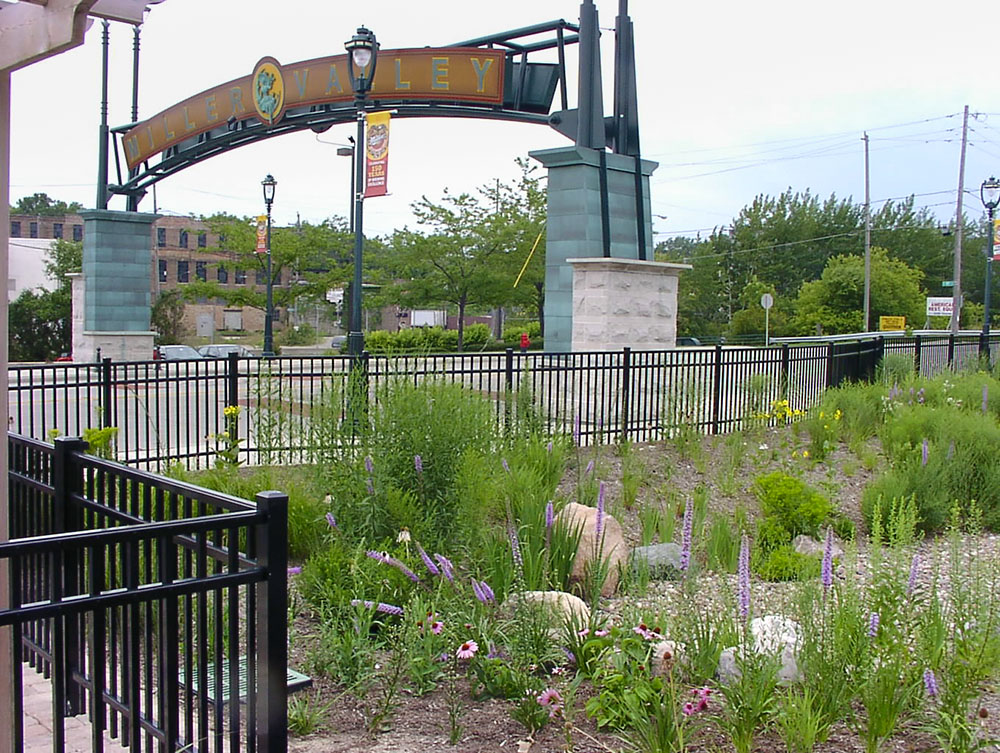

Secondary Strategy – Natural Gardens
It is also recommended that a Natural Gardens program be created to encourage property owners to replace a section of turf grass in the yard with a natural garden that will support healthy and diverse plant and animal communities.
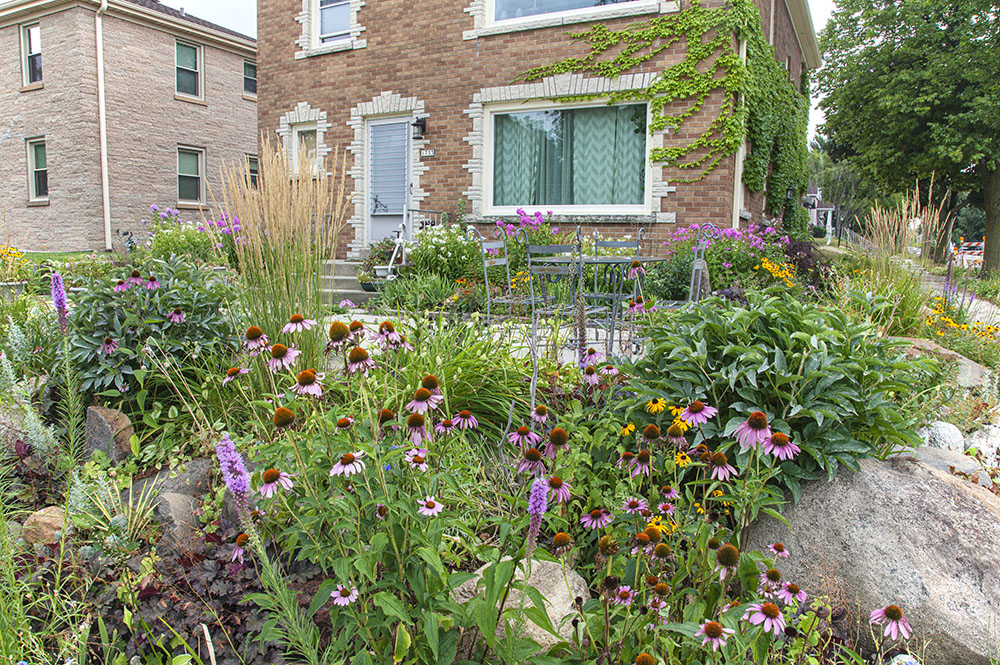

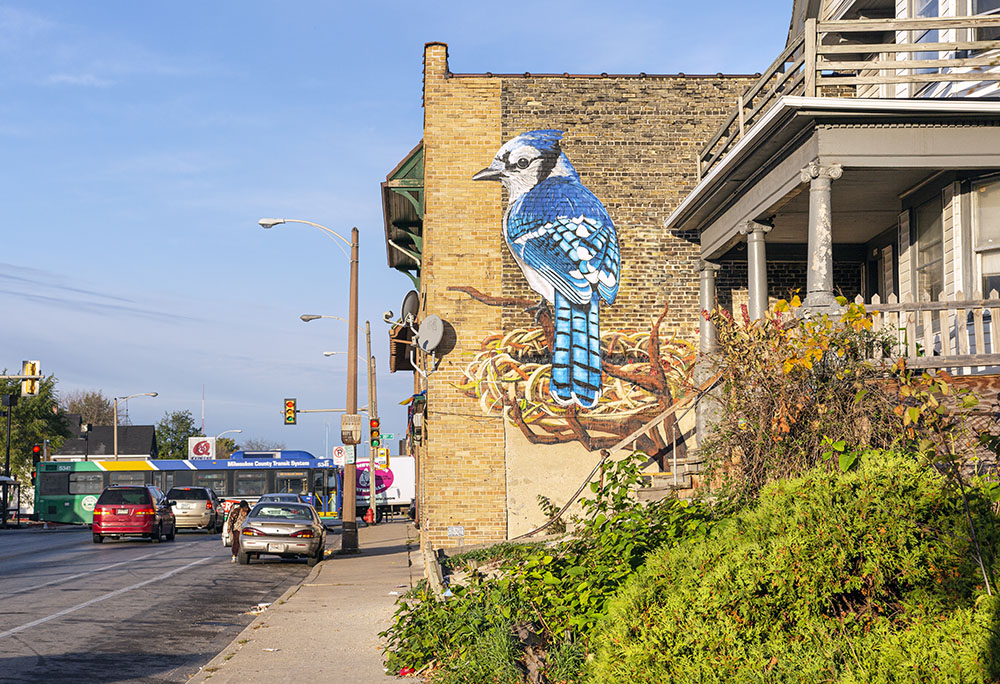
To learn about how you can help build Milwaukee’s Climate and Equity Plan, click here.
For more information go to the Milwaukee Environmental Collaboration Office website.
Nature in the City Work Group was formed by the Milwaukee City-County Task Force on Climate and Economic Equity and led by Task Force member Linda Frank, bringing together staff and volunteer members of City government and nonprofit organizations with a range of areas of expertise, meeting biweekly throughout 2021 to produce their proposal. The Work Group currently consists of 15 members.
Nature in the City Work Group identifies an extensive list of agencies and collaborators to help implement this program, including City of Milwaukee, Fund for Lake Michigan, Groundwork Milwaukee, Milwaukee County Parks, MMSD, Milwaukee Public Schools, Milwaukee Water Commons, Reflo, NWSCDC, SEWRPC, Walnut Way’s Blue Skies Landscaping, WDNR, and others.
All images by Eddee Daniel, curator of The Natural Realm, except as noted. The City of Milwaukee Environmental Collaboration Office is a project partner of A Wealth of Nature.

